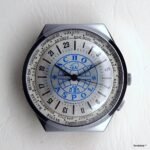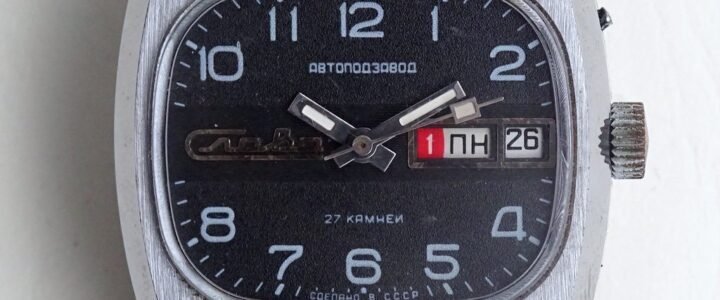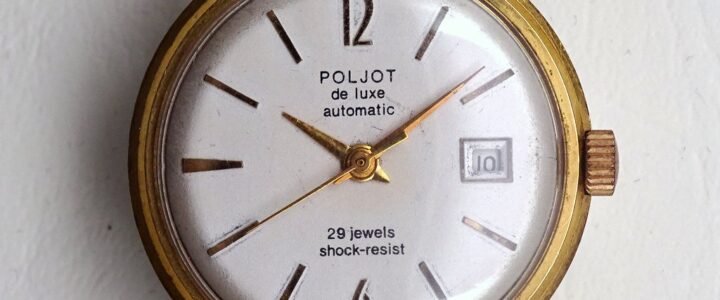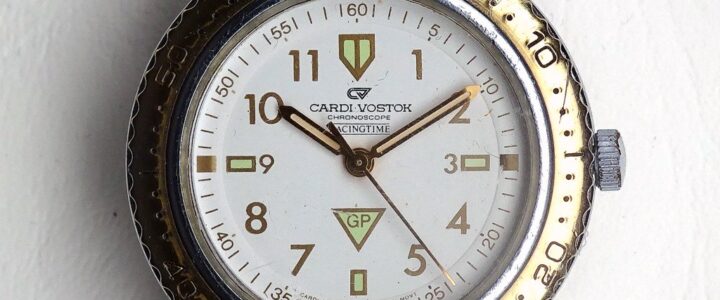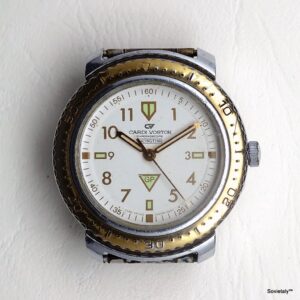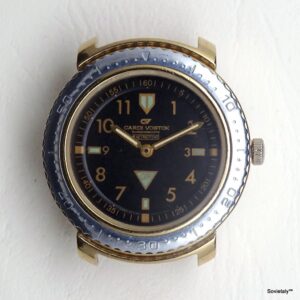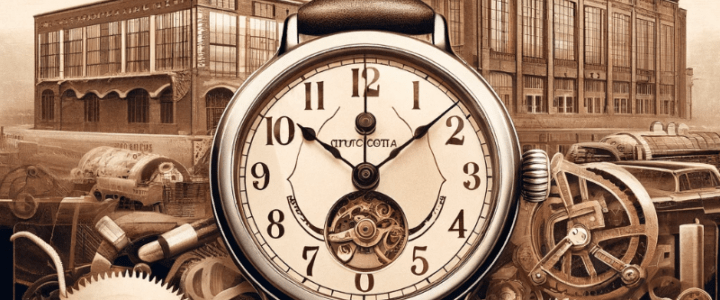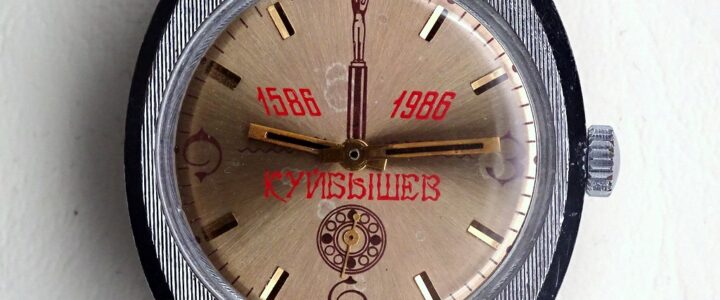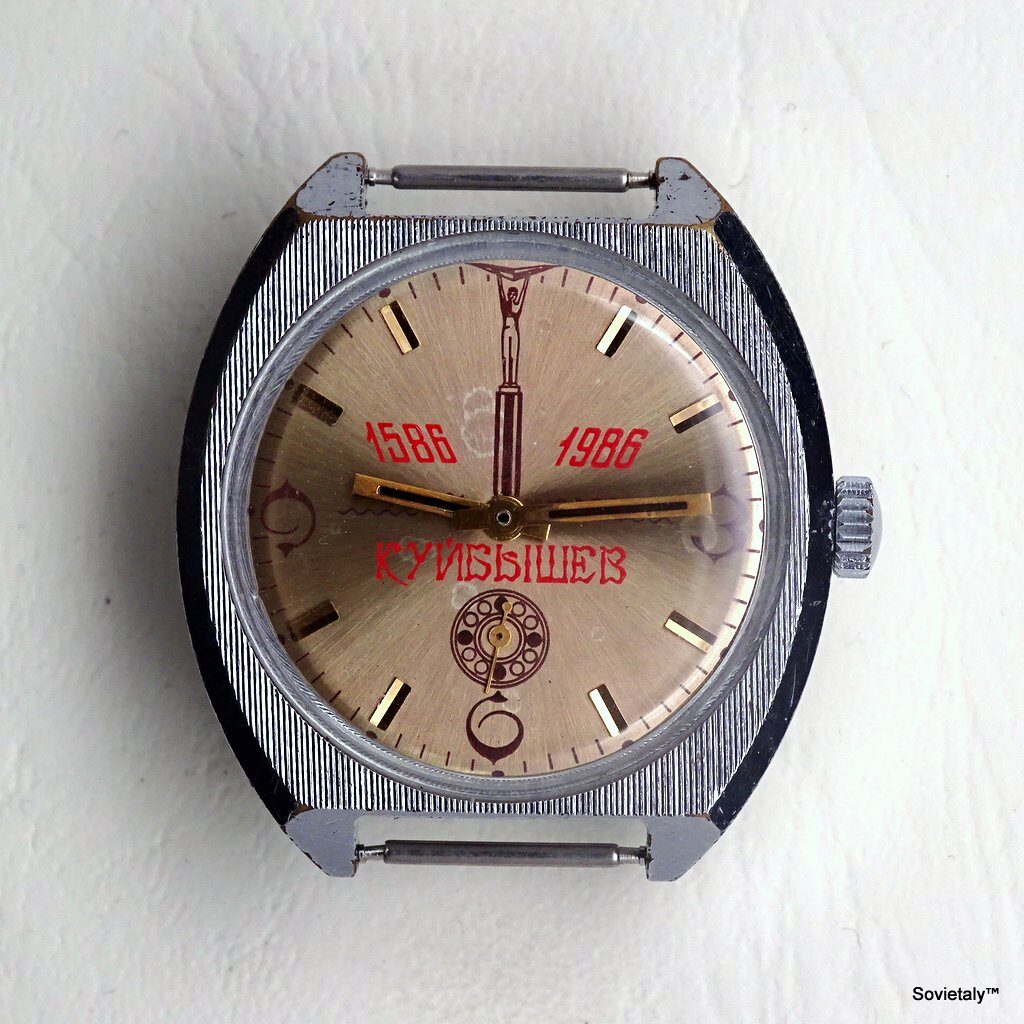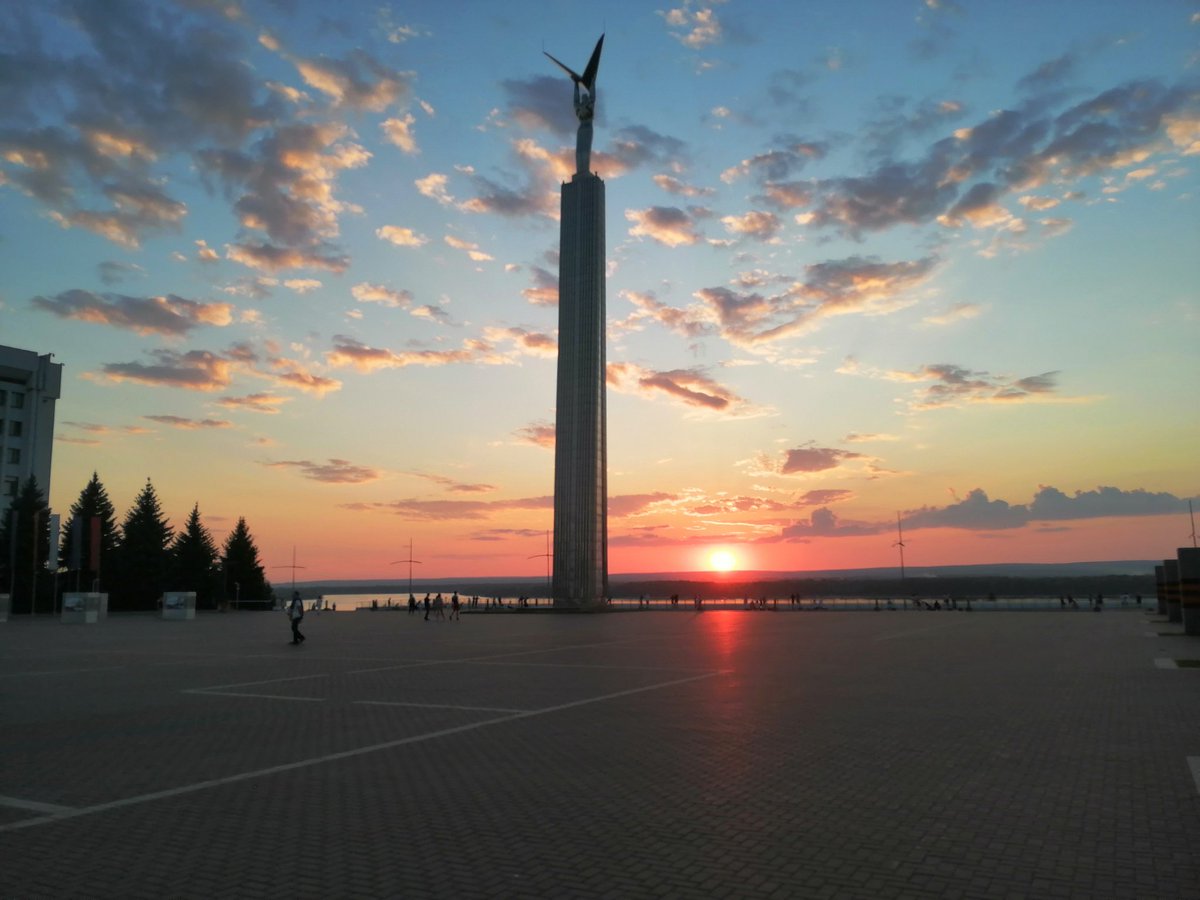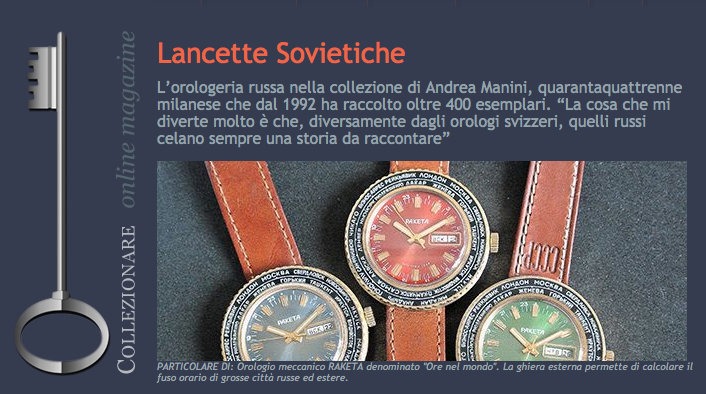The history of Slava, one of the most iconic brands in Russian watchmaking, begins with the foundation of the Second Moscow Watch Factory. This article explores the origins, development, challenges, and evolutions of this historic factory up to its current state.
Origins of the Second Moscow Watch Factory
Founded in 1924, the Second Moscow Watch Factory was one of the first non-military watch manufacturers in the Soviet Union. In 1929, the Soviet Union acquired two American watch factories, the Dueber-Hampden Watch Company and the Ansonia Clock Company, to start its own watchmaking industry (Wixsite) (Wixsite). Official watch production began in 1931, using the equipment purchased from the Ansonia Clock Company.
During World War II, the factory was evacuated to Chistopol and focused on producing military equipment. After the war, the factory returned to Moscow and resumed civilian watch production (Two Broke Watch Snobs) (Wikipedia).
The Birth of the Slava Brand
In the 1950s, the factory began producing watches under the brand name “Slava,” which means “glory” in Russian. This brand was distinguished for producing watches exclusively for civilian consumption, without military or aerospace pretensions (Wixsite) (Wikipedia).
Innovations and Awards
The Slava factory was innovative from its early years. In the 1960s, it introduced the “Slava Transistor,” a watch with an electronic movement that won a gold medal at the Leipzig Fair in 1964 (DuMarko) (Слава – Русские часы). Other significant awards include the gold medal at the Brno International Fair in 1974 and another gold medal at the Leipzig Fair in 1975 for models with a 24mm caliber (Слава – Русские часы).
Expansion and Collaborations
From 1955 to 1979, Slava exported up to 50% of its production to over 72 countries. It collaborated with other Soviet manufacturers like Raketa and Vostok to develop advanced movements (DuMarko) (Слава – Русские часы).
Challenges of Privatization
After the fall of the USSR, the Slava factory faced numerous difficulties. During the privatization of the 1990s, many movements were exported to China and Hong Kong to produce cheap counterfeits, damaging the brand’s reputation (Wikipedia) (Слава – Русские часы).
Revival and Current Situation
In 2005, the factory and the Slava brand were acquired by Globex Bank and later transferred to the city of Moscow. The production facilities near Belorusskaya metro station were demolished in 2008 to make way for a shopping center, while wristwatch production was maintained and integrated into the Slava Technopark (Wikipedia) (Слава – Русские часы).
Since 2016, Slava has been using movements produced by the Chistopol Watch Factory “Vostok” for its new models (Слава – Русские часы). Today, production continues with new models inspired by historic designs, such as “Slava Televisor,” “Era,” “Mir,” “Sadko,” “Ais,” and “Doctor,” using the original Slava 2427 movements (Слава – Русские часы).
Anecdotes and Trivia
An interesting fact is about the “Slava Transistor” model, which won a gold medal at the Leipzig Fair in 1964. This watch used an electronic movement that was innovative for its time, showcasing the factory’s technological advancement (DuMarko).
Another anecdote involves Slava’s appearance in the 2016 Bulgarian film “Glory” (original title “Slava”), where the protagonist’s Slava watch plays a key role in the plot (Wikipedia).
Conclusion
The history of Slava is a journey through the evolution of Russian watchmaking, from its roots in the Second Moscow Watch Factory to its current production of innovative models. Despite the challenges of privatization and counterfeiting, Slava continues to represent excellence in watchmaking.
For more information and updates on new Slava models, visit the official Slava website.
Sources:
- Complete Guide to Modern Russian Watchmaking

- Soviet CCCP Watch: The History of SOVIET Watches from the ’90s
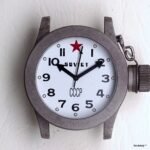
- Russian Military Watches: A Comprehensive Guide

- History of Slava: The Second Moscow Watch Factory
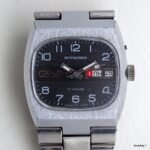
- History of Poljot: From the First Moscow Watch Factory to Volmax and Maktime
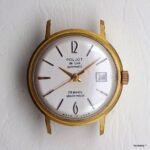
- Discover the Exclusive Raketa Aspol Watch: A Piece of Polar History
